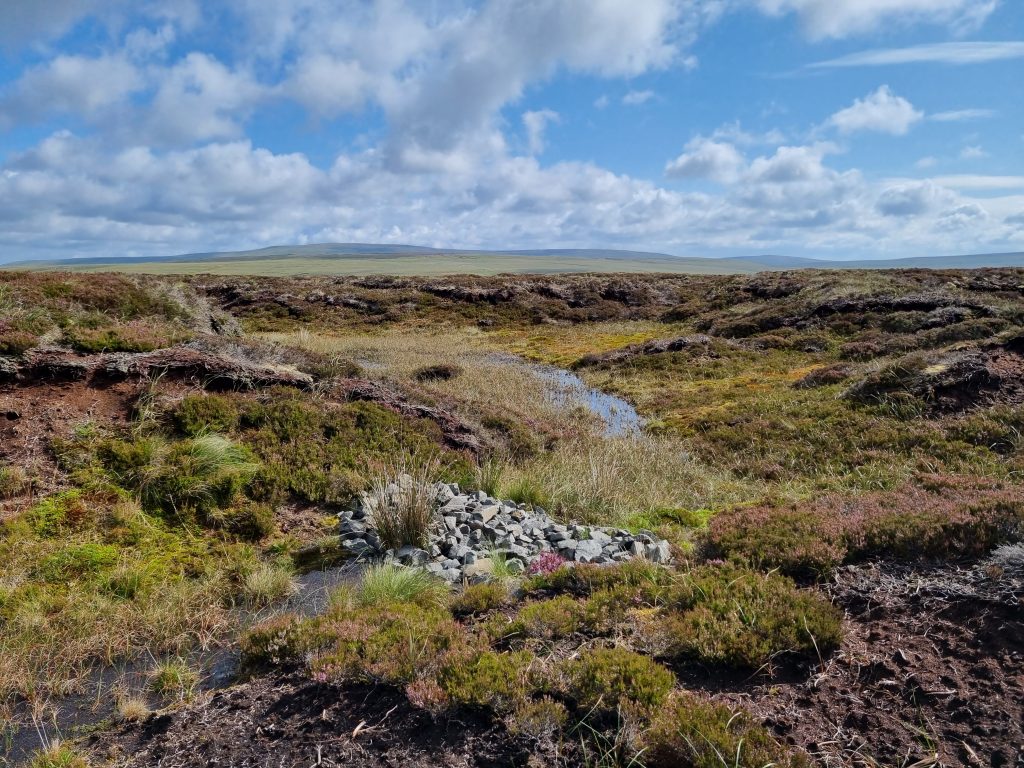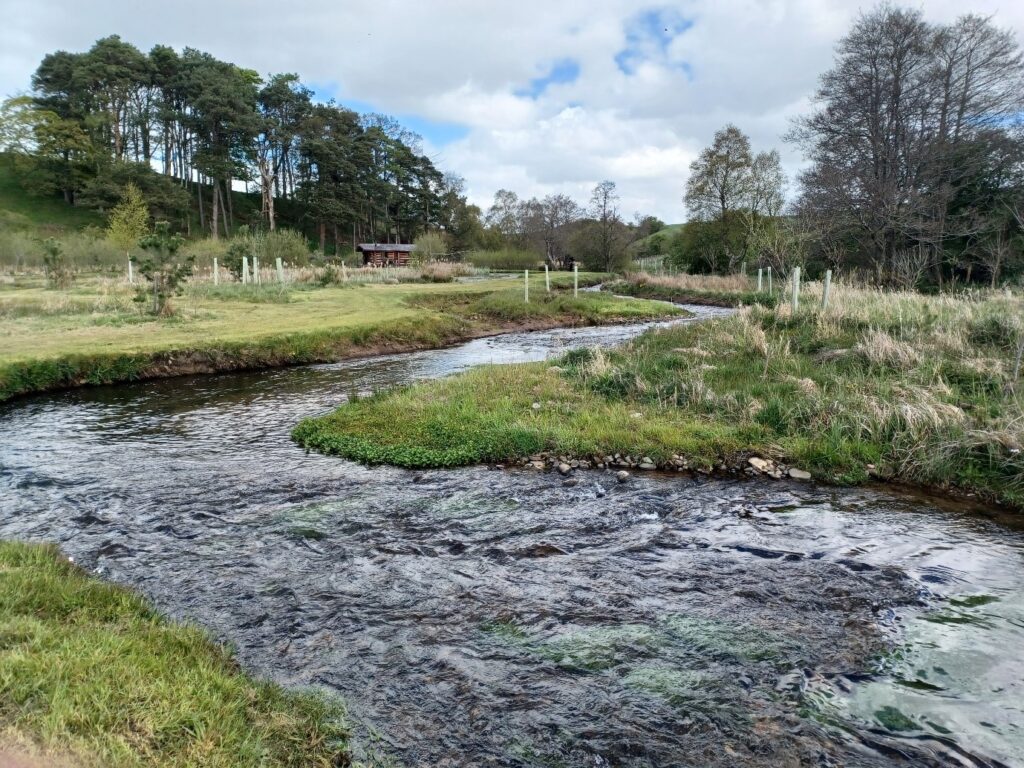What we do
Built heritage in the Allen Valleys Landscape Partnership Scheme
Lead mining and smelting once generated huge wealth for the Allen Valleys – just look at the handsome inns, shops and houses in Allendale. In the late 19th Century Allenheads mine, Allen smelt mill and the Barney Craig mineshop at Carrshield mine would have been noisy and full of activity.
All three of these structures are Scheduled Ancient Monuments and were on the Heritage At Risk register, through neglect and, in the case of Allen Smelt Mill, demolition. These three structures were the primary focus of our work to conserve and interpret the important mining heritage of the Allen Valleys.
Philanthropic gestures, made possible by this great wealth, created many other buildings such as schools and reading rooms, and the fourth building we worked on was a small Hearse house in Ninebanks gifted to the community by Isaac Holden.
A long term future for these structures has been secured by consolidating the ruins or finding new uses for buildings.
Barney Craig mineshop
Barney Craig used to be the largest mineshop in the region. It is a Scheduled Ancient Monument and was at imminent risk of collapsing beyond repair. There are the remains of over three centuries of mining at the site. The earliest known mining activity at the site was a level opened in 1760s and continued in use throughout the 19th century.
As part of the scheme the building was gifted by Allendale Estate to a new community company Allen Valleys Enterprise, who will now develop the building as an asset for the community.
The first floor of the building (accessible from the ground floor at the rear) has been converted into a simple camping barn, with wooden bed platforms, wood burning stoves and composting toilets, although as yet no running water or electricity. You can find out how to book rooms in the camping barn here.
Allenheads mine
Allenheads mine was a busy industrial complex in the 19th Century, with a series of reservoirs around the village providing water to drive machinery, men operating crushing machines, and boys separating lead ore from bouse (waste) by hand. The mineyard was the centre of these operations and one of the biggest in the region, but was slowly decaying when the Scheme started.
We have consolidated the decaying bouseteams (storage bays) which had an unusual curved profile, as well as the level entrance to the mine and the level walls themselves. Historic England have now removed the Scheduled Ancient Monument from the Heritage At Risk register and the mineyard is now interpreted and open 365 days a year to the public.
Allen Smelt Mill
Allen Smelt Mill was once at the heart of the lead processing industry. Comprising ore hearths, storage bays (bingsteads), water tunnels and a complex of flues which start at the mill and continue for over 2 miles to the Allendale chimneys, the site is a Scheduled Monument. Following the end of operations the mill passed through many hands, falling into disrepair and suffering deliberate vandalism along the way, until very little of the site was still visible. As a result it was on the Heritage At Risk register.
We excavated and consolidated much of what remained of the site, including the central ore hearths, flue entrances and chambers. We recorded the archaeology, installed award-winning interpretation, and supported a new volunteer group in their work to restore the large storage bays which stood along the embankment. As a result of all this work Historic England removed the monument from the Heritage At Risk register.
The site owner and the volunteers continue to work on the site to uncover, record and consolidate further remains, and have ambitions to rebuild a replica water wheel in the restored wheelpit at the centre of the site. In 2018 the volunteers and landowner received recognition for their work when they were nominated for a Heritage Angels Award. Watch the nomination video and find out more on how to get involved on the group’s Facebook page.
Ninebanks Hearse House
Gifted to the people of the West Allen by Isaac Holden upon his death, the hearse house served the community for over half a century. Recent decades saw it fall into disrepair. We have now restored the neglected hearse house and turned it into a welcoming walkers’ shelter and an interpretation point on Isaac’s Tea Trail.











